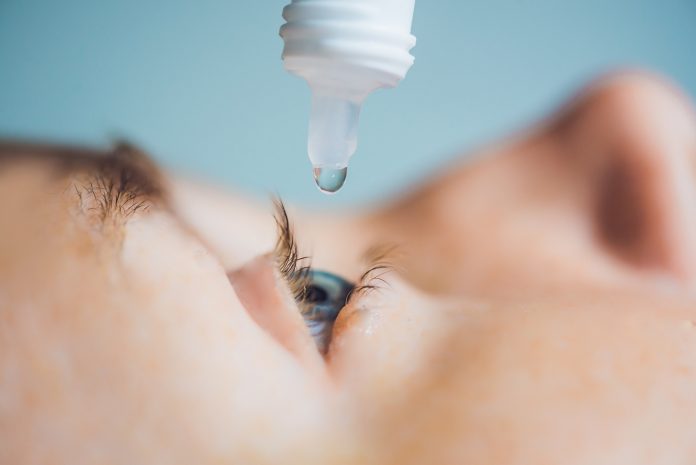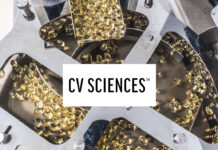A new treatment for Dry Eye Syndrome was presented at the Annual Meeting of the American Academy of Ophthalmology in November 2017. A study of dry eye sufferers was conducted to test the results of using a handheld neurostimulator device. The device is inserted into the nose to make the eyes produce more tears, similar to the reaction experienced when you cut into an onion.
Dry eye syndrome is a painful and irritating condition that affects 1 in 3 Canadians and approximately 20 million Americans. If left untreated, dry eye can lead to tissue damage and scarring of the corneal tissues. It can make it difficult to wear contact lenses because of increased irritation and a greater risk of developing infection.
Dry eyes occur when tear glands don’t produce enough tears to lubricate the eyes; symptoms include burning, stinging, blurred vision and a gritty feeling in the eyes. The condition may develop from environmental factors, like wind, smoke or heat. Dry eyes may also be a symptom of medical conditions like rheumatoid arthritis, Sjögren’s syndrome, thyroid disease, or lupus, and it is a common side effect of many pharmaceuticals.
Researchers at the Cincinnati Eye Institute enlisted 97 moderate to severe dry eye sufferers to use the neurostimulator for 180 days. Tests were performed before and after nasal stimulation to measure the volume of tears being produced and showed that tear production was significantly higher after using the device.
There are several other options for treating dry eyes, including over the counter artificial tears and lubricants. Some brands of eye drops contain natural botanical extracts and mild preservatives, eliminating the use of harsh chemicals. While most people experience some relief with OTC eye drops, there are other drug-free ways to prevent or treat dry eye symptoms.
For those suffering from a blockage of the Meibomian glands, there is a treatment that safely combines the controlled application of heat and massage to the upper and lower eyelids. Stimulating the eyes in this way causes blocked Meibomian glands to open, allowing the natural oils that are produced to help tears from evaporating too quickly, to resume their normal function.
Punctal plugs are used to prevent tears from draining away from the eye through the puncta, very small openings on the upper and lower eyelids. Punctal plugs are small, sterile plugs that are inserted into the openings, particularly on the lower lids, to force tears to remain on the surface of the eye longer. Tears will eventually evaporate, but by staying on the eyes longer, they can help relieve the symptoms of dry eyes.
For those looking for a simpler, DIY approach, supplementing your diet with omega-3 fatty acids like those found in salmon, sardines or flaxseed oil, can decrease inflammation, allowing for an increase in tear production. Drinking more water, using a humidifier, applying warm compresses to the eyes and wearing wind-blocking sunglasses when outdoors can also help, especially during the cold, dry winter season.
For those who can’t resist new technology, the makers of the handheld intranasal neurostimulator report there are no known serious side effects, and according to patients, the device is easy to use. It was authorized by the FDA earlier this year for marketing and should be available by prescription from your physician.
https://www.prnewswire.com/news-releases/dry-eye-sufferers-will-soon-have-a-drug-free-solution-300554326.html
https://www.healio.com/optometry/cornea-external-disease/news/print/primary-care-optometry-news/%7Bf72f71ed-ec25-421a-8731-97cdafd0766c%7D/od-shares-drug-free-approach-to-treating-meibomian-gland-dysfunction
http://www.allaboutvision.com/conditions/dryeye.htm
https://www.healthline.com/health/dry-eyes-home-remedies#diet
http://summerhilloptometry.com/services/dry-eye-therapy/
https://opto.ca/health-library/dry-eye
http://www.allaboutvision.com/conditions/meibomian-gland.htm









